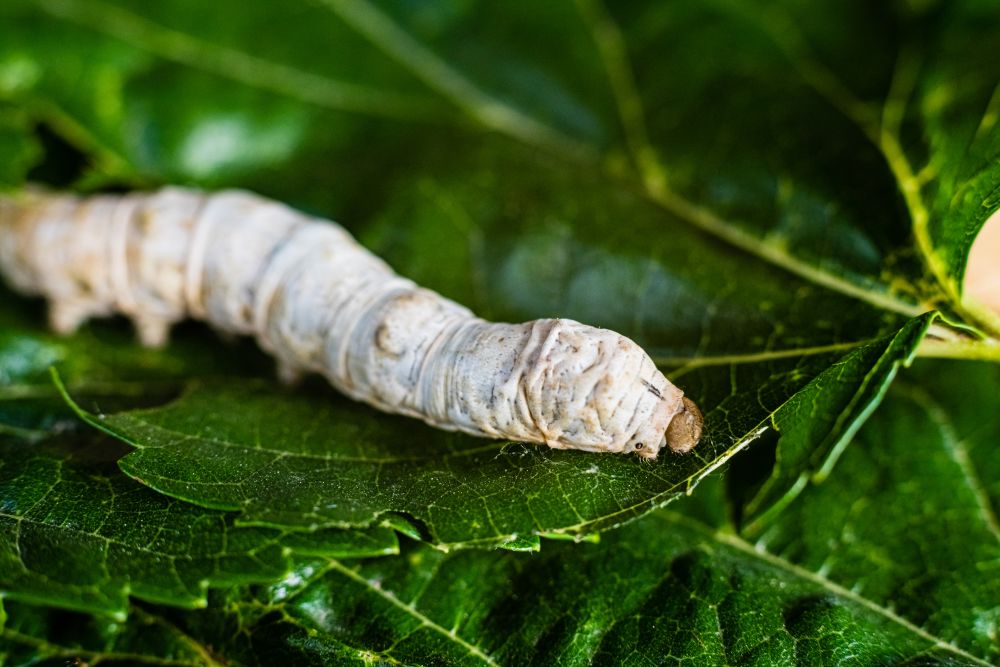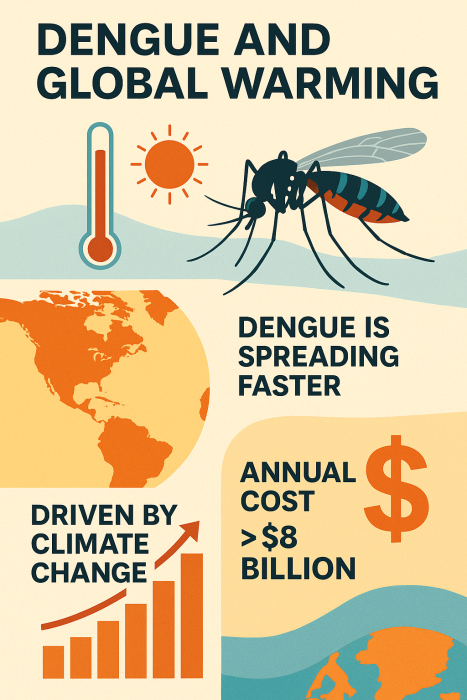26/25 🌿 Nature’s Secret Weapon Against Climate Change - A Triangle of Silk, Silkworm, and Mulberry
Posted 5 months ago
Mulberry silk fibroin, a protein-rich material derived from silkworm cocoons, has recently emerged as a powerful, low-cost, and environmentally friendly CO₂ capture agent. Researchers led by Md Sariful Sheikh (Cornell et al.) developed a silk-fibroin aerogel with a large surface area that captures approximately 3.65 mmol CO₂ per gram at 0.15 atm CO₂ and 5 °C. This level of performance rivals or even surpasses leading synthetic solid sorbents and amino acid–based alternatives.
2. Fast, Gentle, and Robust Regeneration
Unlike conventional amine systems requiring ≥100 °C to regenerate, silk-fibroin aerogels:
- Fully regenerate at just 60 °C,
- Maintain performance after multiple adsorption-desorption cycles,
- Retain capacity even under humid conditions, thanks to inherent protein resilience.
3. Heat-Resistant and Biodegradable
Silk aerogels withstand thermal degradation up to ~250 °C, offering improved durability compared to ordinary amine solvents. Post-use, they’re biodegradable and non-toxic, unlike many synthetic sorbents that can persist as micro-pollutants.
Why Silk Is a Game-Changer 🌱
- Renewable & Abundant – Silk is naturally harvested and woven globally. In Pakistan, especially in Punjab around Multan, sericulture has deep roots and provides a rural livelihood stream.
- Scalable Processing – Techniques for producing silk aerogels adapt existing textile infrastructure, requiring no radical new investments.
- Community Benefits – Silk-based CO₂ capture could revitalize rural economies, adding value to local agriculture-based silk production.
- Circular Economy Potential - After its carbon–capturing life, Silk can be composted or bio-converted, linking carbon sequestration to soil enrichment.
Integrating Silk into the Global Climate Strategy
To harness Silk’s potential, a multi-pronged approach is vital:
- Pilot Deployment: Start with small-scale CO₂ scrubbers in industrial plants or a pilot facility, leveraging local silk sources.
- Process Optimization: Investigate enhancements such as amino acid doping or silk blending to improve adsorption at ambient CO₂.
- Lifecycle Analysis: Quantify the full carbon and environmental costs from mulberry cultivation and sericulture to aerogel fabrication and safe disposal.
- Policy Incentives: Encourage silk-based carbon capture via green subsidies, carbon credits, or sustainable procurement programs.
Beyond CO₂: Silk’s Climate Adaptation Edge
Silk’s qualities, such as moisture management and thermal control, lend themselves to broader climate applications:
- Biodegradable insulation in buildings,
- Temperature- and humidity-regulating textiles for clothing or shelters,
- Soil-conditioning hydrogels, when combined with organic composts.
These uses dovetail with circular bioeconomy models and add resilience against climate extremes.
Challenges & Research Frontiers
- Ensuring consistent silk aerogel quality across diverse supply chains,
- Scaling manufacturing to industrial volumes without ecological trade-offs,
- Fine-tuning capture kinetics, particularly at ambient CO₂ levels and temperatures typical of real-world settings.
Greeningdotlive Thoughts
Silk is more than a luxury fabric—it embodies a promising fusion of sustainability and high-tech carbon capture. As the arXiv authors advocate, silk-fibroin aerogels should be urgently advanced from the lab to the field.
By championing Silk, we fight two battles simultaneously: cutting global warming and rejuvenating rural economies, especially in silk-rich regions like Multan, Punjab. This dual impact could mark a milestone in the climate action toolkit.





